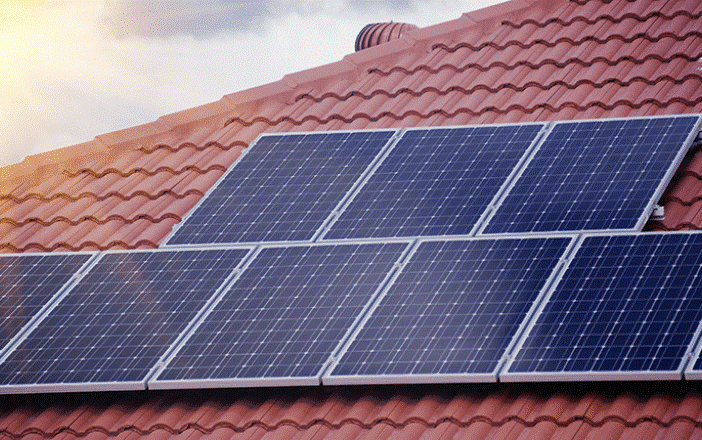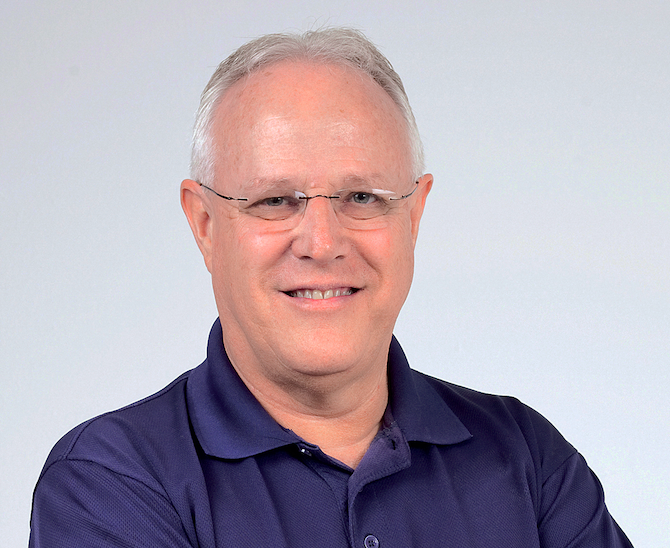Opinion
- When it comes to domestic, grid-tied, rooftop solar photo-voltaic (PV) systems in South Africa, as with so many other aspects in the country’s electricity supply industry, outdated thinking and reactionary rules are holding back the supply of electricity in misguided efforts to protect the incumbent monopolies.
Even municipal electricity distributors in South Africa considered to be progressive and forward thinking, such as City of Cape Town, have ridiculous, self-serving rules when it comes domestic solar PV systems that feed electricity back into the grid. Other municipal and Eskom electricity distributors are no different.
Limits on the size of domestic rooftop solar PV installations
NRS 098 2-1, the outdated Eskom and municipal electricity standard used as the rulebook for small-scale embedded generation (SSEG), limits the size of grid-tied, rooftop solar PV systems in residential installations. For example, a solar PV system on a house with a 60 A single-phase supply is limited to 3,68 kW. Similarly, other limits apply to residential installations with 40 A, 80 A or 100 A single or three-phase supplies.
Apparently, the 3,68 kW limit was calculated on the basis that if every single house connected to a final distribution transformer had a 60 A single-phase supply, and all were to install identically sized grid-tied solar PV systems, then 3,68 kW would be the size per solar PV system above which voltage rise may become a problem.
Obviously, this was and still is a completely absurd and unrealistic assumption for such a calculation in the first place. Furthermore, the NRS standard was written at a time when smaller inverters for rooftop solar PV systems did not necessarily provide voltage regulation. These days, however, even small inverters have voltage control facilities, thus obviating any need for concerns about voltage rise.
Therefore, there is absolutely no technical need for such unrealistic restrictions on the size of domestic grid-tied, rooftop, solar PV installations on single or three-phase supplies, and grid-tied solar PV sizes three times higher could be comfortably accommodated, with the right approach.
Feed-in tariffs, but not for customers with prepayment meters
On the one hand, the use of prepayment electricity meters to facilitate revenue collection and revenue protection is being pushed by Eskom and municipal electricity distributors, particularly for lower income domestic installations.
However, the benefits of compensation for electricity generated back into the grid from rooftop solar PV installations are specifically excluded and are not available to domestic customers with prepayment electricity meters.
The reality is that the prepayment meters currently provided by Eskom and municipal electricity distributors in South Africa are largely outdated, and anything but smart.
Eskom and municipal prepayment meters have problems in accommodating even the existing inclined block tariffs of properly, let alone being able to handle time-of-use tariffs, or feed-in tariffs for grid-tied solar PV systems.
The exclusion of lower-income households with prepayment electricity meters from the benefits of becoming “prosumers” (producers and consumers of electricity) presents serious potential socio-political implications in the future.
Absurd limits on compensation via feed-in tariffs
There are truly absurd limits in place by both Eskom and municipal electricity distributors on compensating domestic electricity customers with grid-tied solar PV systems for electricity supplied back into the grid.
Eskom and municipal distributors have a rule that says a domestic customer with solar PV system must be a net consumer of electricity over a one-year period. A net consumer is defined as a customer who purchases (imports) more kWh of electricity than the customer exports (sells) into the grid over any twelve-month period.
Furthermore, the kWh price (R/kWh) for electricity supplied by the customer into the grid is only about one third of the kWh rate for grid electricity supplied by distributor to the customer. This means that, over a year, the energy billed in Rands for electricity supplied to a customer can only be offset or compensated (in Rands) to a maximum of one third by electricity supplied back into the grid by a customer.
Thus, over a year, a customer would need to pay the grid electricity supplier at least three times more in Rands for electricity supplied from the grid than the customer could ever be compensated by supplying electricity back into the grid.
This makes absolutely no sense and is irrational. Eskom, the municipal electricity distributor and customers would all be “in the money” (win-win-win) if domestic customers could supply much more electricity back into the grid.
For the municipality, the price of the additional electricity (R/kWh) purchased from domestic customers is less than the cost of electricity (R/kWh) purchased from Eskom. Thus, the municipal electrical energy bill from Eskom would be reduced more that the additional cost of compensating customers feeding electricity into the municipal grid.
Eskom’s variable cost of generation, transmission and distribution of electricity would be reduced. Eskom’s coal burn, and therefore its CO2 emissions, would also be reduced, thus reducing the carbon footprint of both Eskom and the municipalities. Finally, Eskom’s burden in meeting electricity demand, which it is clearly unable to satisfy as evidenced by regular load shedding during daylight hours, would be reduced.
Conclusion
The irrational, reactionary and monopolistic tendencies of Eskom and municipal distributors need a rude wake-up call. The world of electricity supply is changing fast, and it is time for customers and “prosumers” to start calling the shots
Author: Chris Yelland, managing director, EE Business Intelligence.
Chris is an internationally respected energy analyst, consultant and electrical engineer. He is considered an expert on the South African energy market.
Disclaimer: The articles expressed in this publication are those of the authors. They do not purport to reflect the opinions or views of Green Building Africa, our staff or our advertisers. The designations employed in this publication and the presentation of material therein do not imply the expression of any opinion whatsoever on the part Green Building Africa concerning the legal status of any country, area or territory or of its authorities.

















1 Comment
Saying as it should be said.
Good article straight up. We as PV suppliers should be assisting our customers and joining an evergrowing group to push for a change.